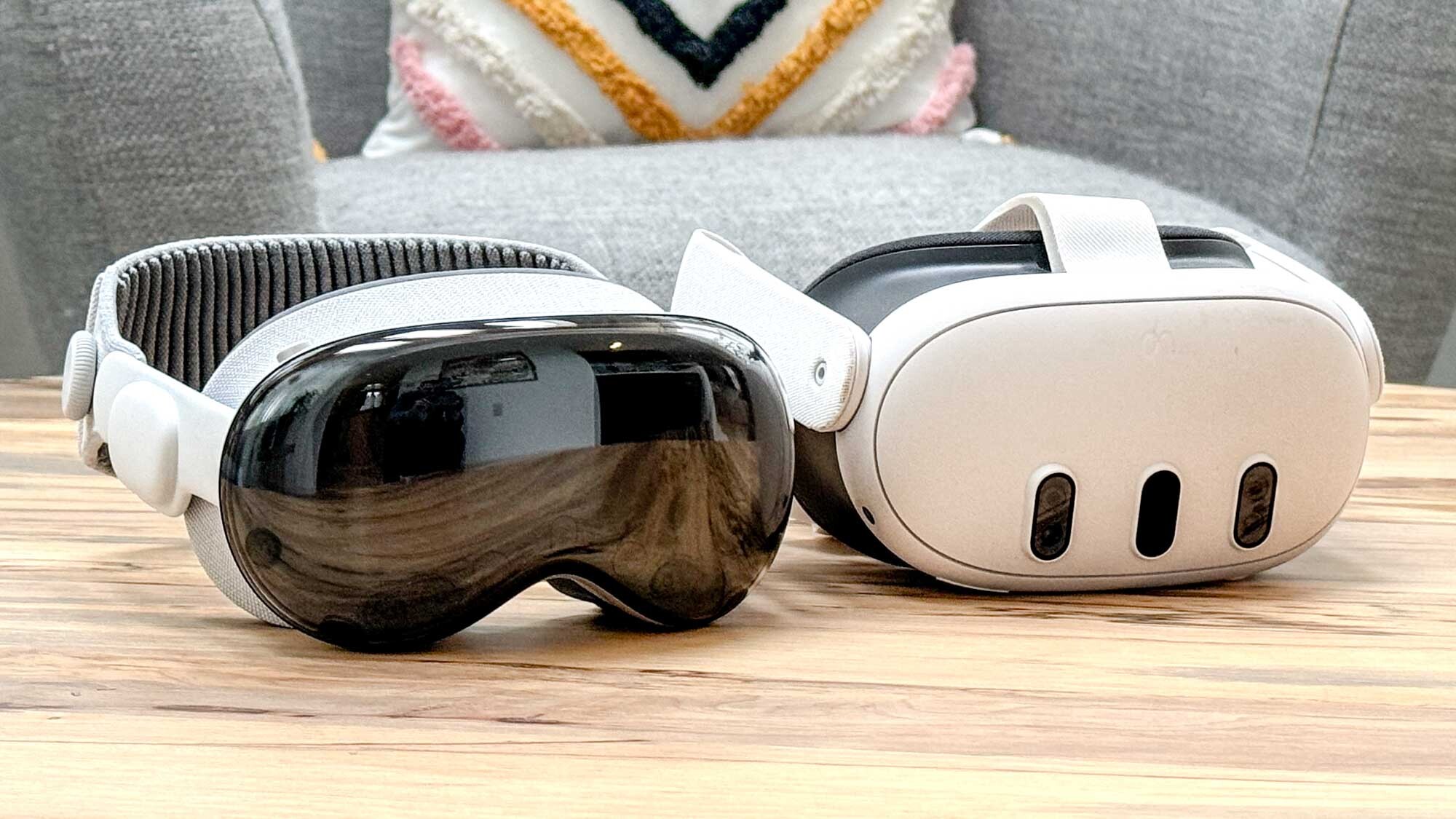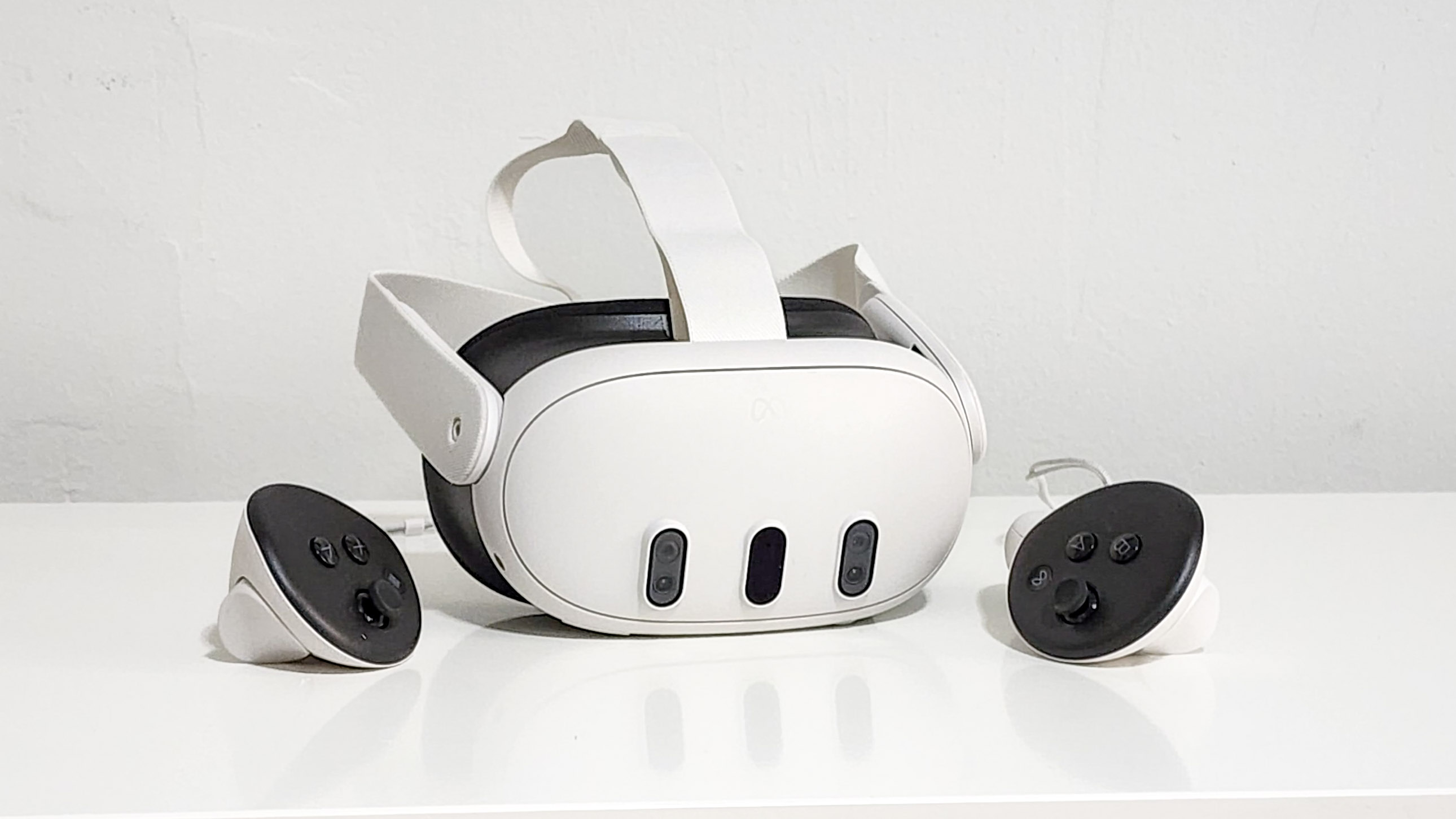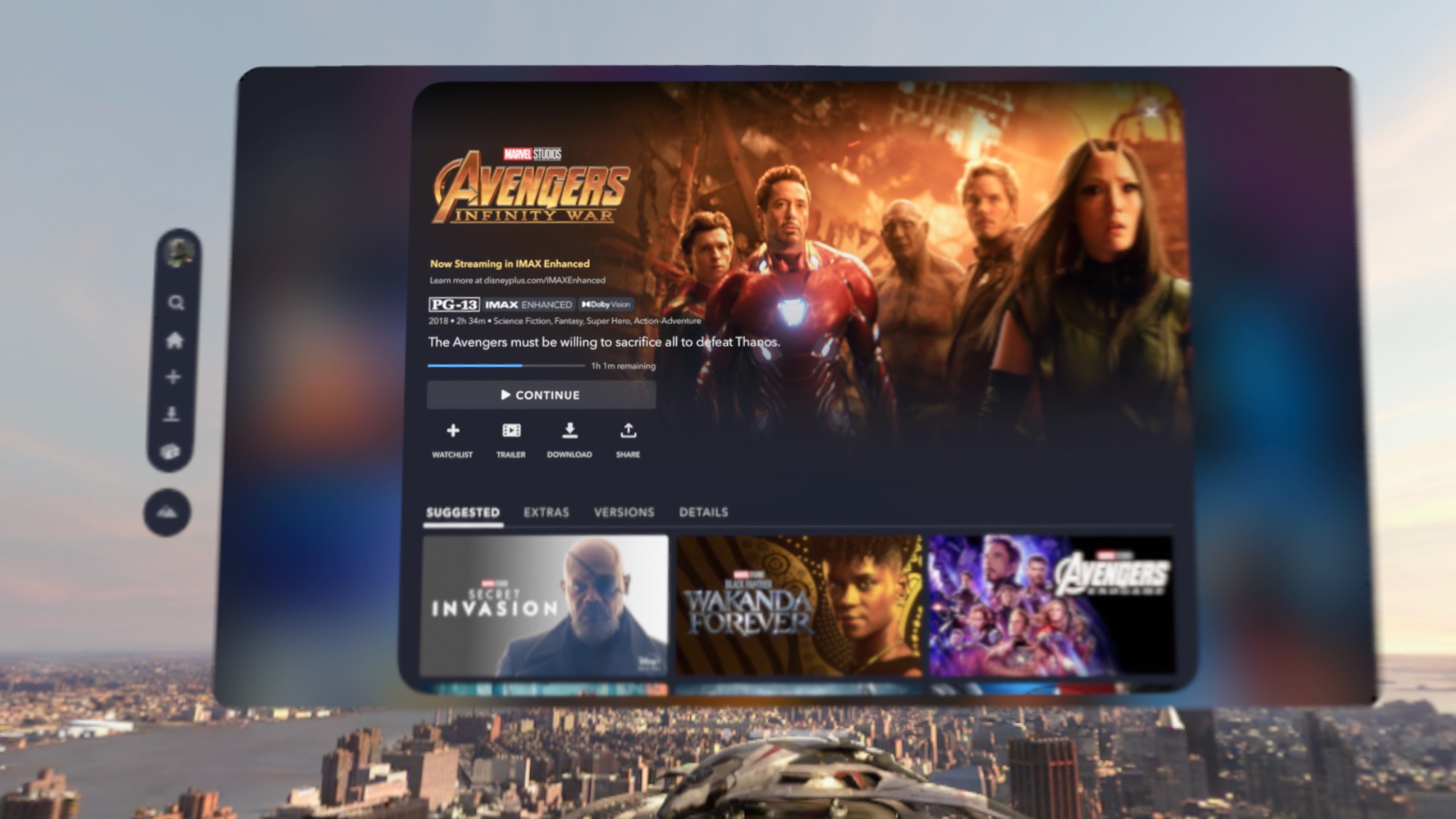
One thing we loved about the Apple Vision Pro is being able to automatically connect and show a giant 4K display version of your MacBook Pro’s screen. It’s a game changer for private productivity and immersion, and Meta’s current version is a bit of a messy process to set up. Turns out the Zuck took that personally, and is looking to use one of Apple’s most important features.
As spotted by UploadVR, Meta confirmed it really wants to turn Quest headsets (like the Meta Quest 3) into AirPlay receivers, and has even asked Apple for permission to do so. This could be huge for the VR headsets, but I doubt the Cupertino crew would say “yes” to this.
(Air)Players respect the game

This all started when Meta’s VP of VR, Mark Rabkin, responded to a post on X, in which he said he “would absolutely love” for AirPlay to make it to Quest. Providing more detail, Rabkin confirmed that Meta is “asking Apple for the permission” to adopt this standard.
What does this mean for Quest users? Well, I ponder a little more about the future possibilities below, but the main problem this will fix is around the Meta headset’s lack of streaming app support. Not to say they don’t exist, but developers gave up on them a while back — Netflix only streams in 480p for example.
With AirPlay streaming, Meta could take advantage of the constantly updated iPhone apps to provide high quality video and features that are missing from these long-abandoned Meta apps like passthrough mode.
But I think there are bigger plans here if Meta is able to drink some of Apple’s proverbial milkshake in the form of AirPlay, which begs a very good question.
Will Apple say “yes?”

This is the big question to answer here, and one we can speculate about a little. On one side, Apple has been more than happy to work with various companies like TV manufacturers to bring AirPlay capabilities to third parties.
But we’re talking about the Apple Vision Pro here — the $3,500 headset that packs Continuity, which is one of its biggest strengths. Not to say that AirPlay comes close to matching this world of shared device copy + paste, Universal Control, and much more.
However, for the vastly cheaper asking price, I’m sure most people would happily forgo some of the more “nice to have” seamless features, and just get the chance to have their Apple devices communicate directly with the Quest 3.
For example, instead of needing the Quest monitor view app on your M3 MacBook Pro, you could just use AirPlay to cast the screen to your headset. On top of that, if you wanted to get wild, you could have a separate floating window for your phone screen too — solving the blurriness of the Quest 3’s passthrough mode. Basically, it’s Apple Spatial Computing on a shoestring budget.
With how much Meta dominates the VR space right now, I wouldn’t be surprised if Apple saw these risks and just shut down any opportunity for AirPlay compatibility. But there is precedent for them to work together. Let’s wait and see.







